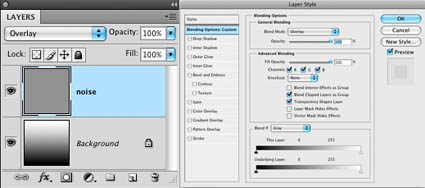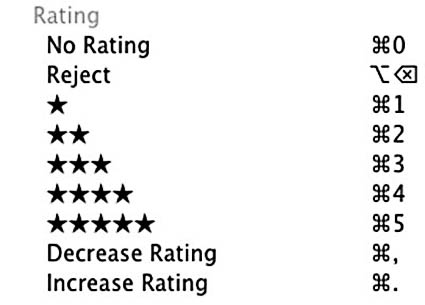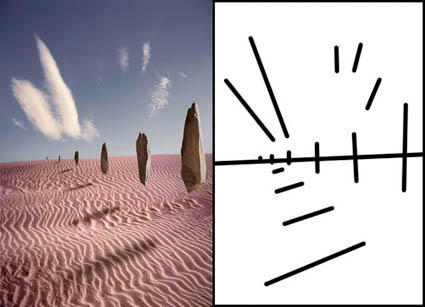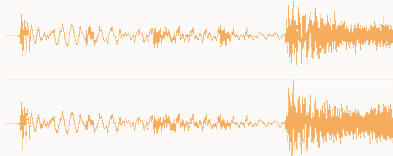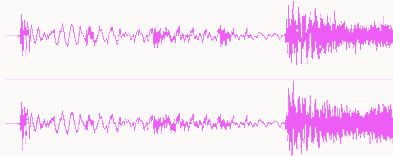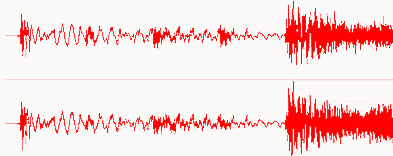Special Guests – Greg Barnett & Patti Russotti

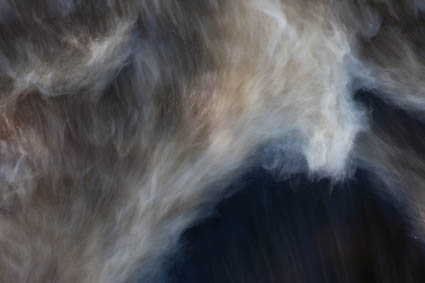
–
Having special guests always adds extra positive energy into an already dynamic mix. Special guests Greg Barnett and Patti Russotti, both long-time high-level educators at RIT with vast experiences in the medium and it’s digital evolution, participated in my recent field workshop Along the Waterline. Their presence and the receptivity of the students encouraged me to ramp up the curriculum to an even more advanced level conceptually. We moved progressively varying our modes of inquiry, to identifying ways of looking, focussing on themes, and identifying ways to make the finally images more psychologically loaded. Each day built upon the previous one. At the end, everyone had increased their skillset, learned a lot of different ways of looking, and deepened their authentic voice. It’s great to see everyone progress together, all in different ways. It was really stimulating for everyone involved. In many ways, both small and large, it will change my teaching for the better.
Greg and Patti mind at the end of the week here.
“Over the last few days while working with John Paul, I’ve had somewhat of a breakthrough …”
Read More


